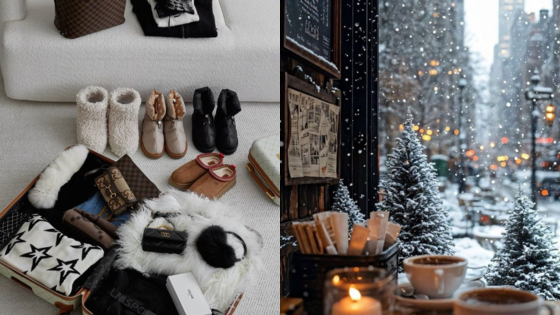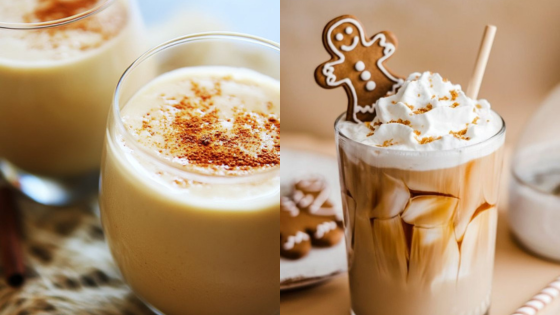Winter is the perfect season to embrace the warmth and comfort of baking. With holidays on the horizon and chilly weather outside, turning on the oven can create a cozy atmosphere in your kitchen. Discovering the top winter baking recipes allows you to indulge in seasonal flavors and bring joy to your gatherings.
From aromatic spices to rich chocolate, winter baking offers a variety of delightful options. Whether you’re an experienced baker or just getting started, these recipes can inspire your culinary creativity and enhance your seasonal celebrations. Enjoy exploring flavors that embody the essence of winter.
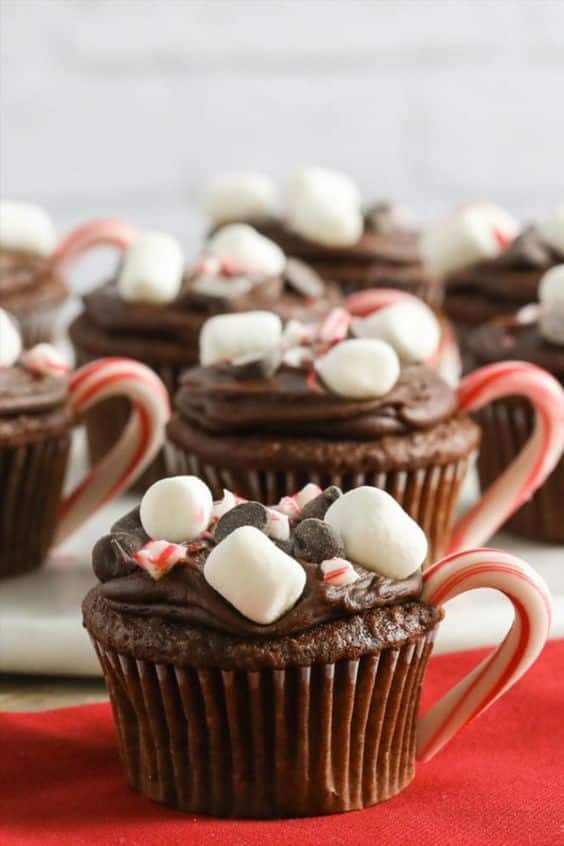
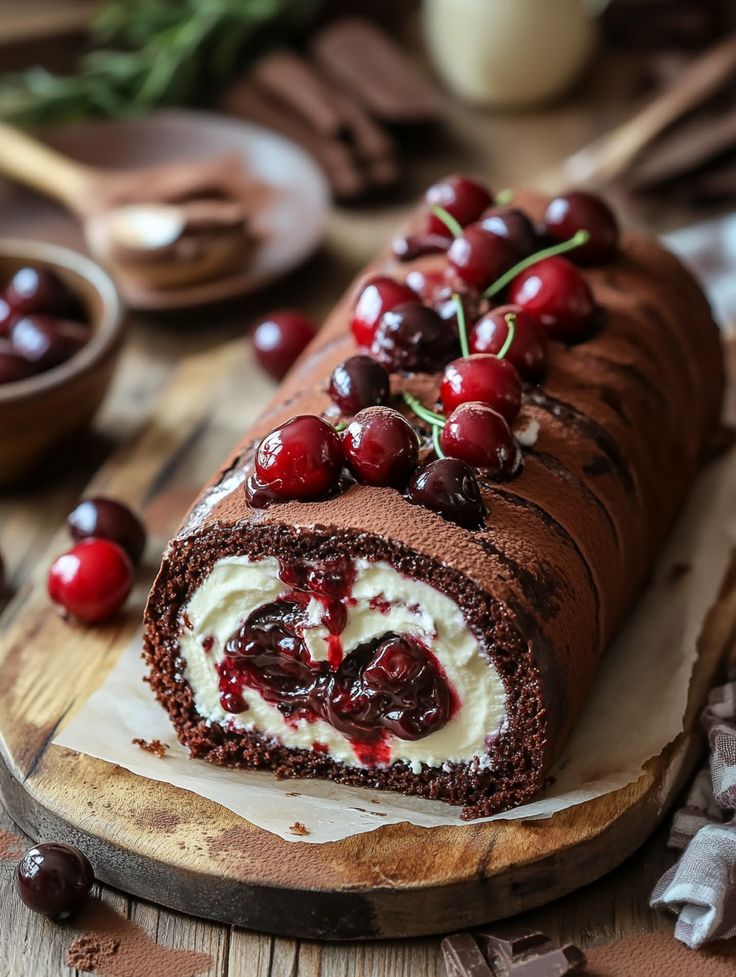

1) Gingerbread Cookies
Gingerbread cookies are a classic winter treat that evoke the holiday spirit. The combination of warm spices like ginger, cinnamon, and nutmeg creates a rich flavor profile that many enjoy.
To make gingerbread cookies, you will need ingredients such as flour, brown sugar, molasses, and a selection of spices. These cookies can be rolled out and cut into various shapes, often decorated with icing.
Baking gingerbread cookies provides an opportunity for creativity. You can use cookie cutters to make festive shapes or engage in decorating with different icing colors and edible decorations.
Once baked, these cookies fill your kitchen with a delightful aroma. They pair wonderfully with hot beverages like cocoa or tea. Enjoy them with family and friends during the colder months.
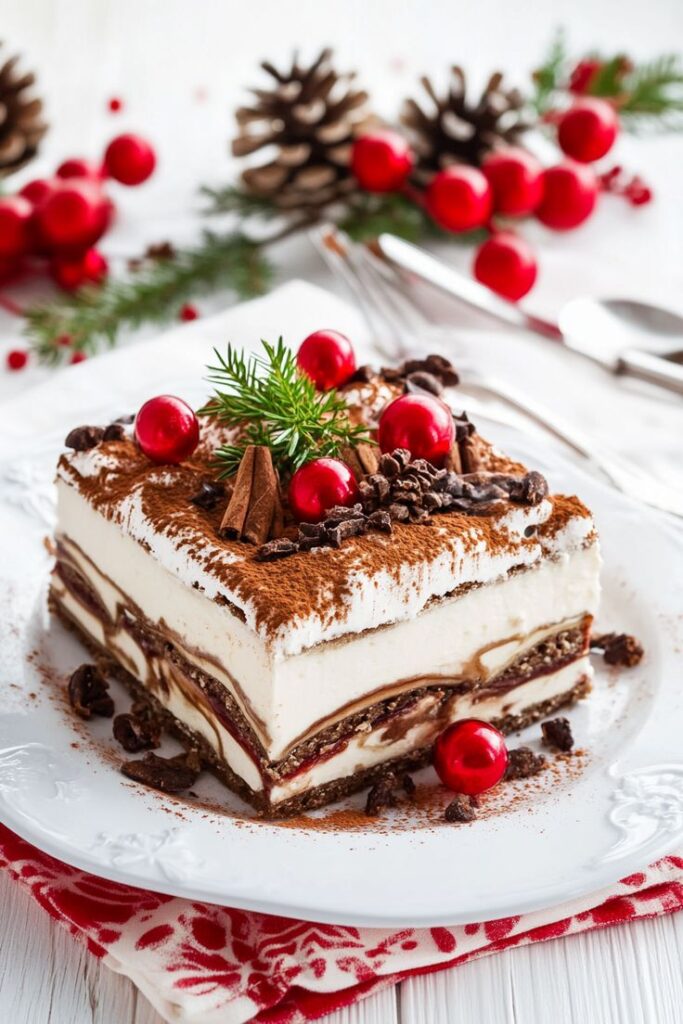
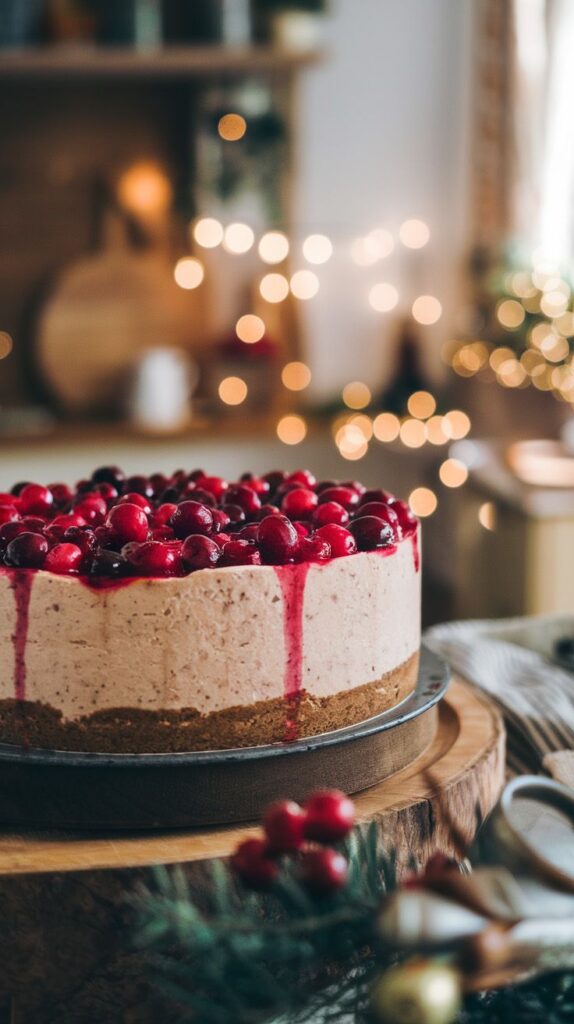
2) Hot Chocolate Cupcakes
Hot chocolate cupcakes are a delightful treat perfect for winter. They blend the rich flavors of chocolate and the comforting warmth of cocoa.
To start, use a basic chocolate cupcake recipe. Incorporate cocoa powder for that signature hot chocolate flavor. You can also add mini marshmallows into the batter for an extra surprise.
Once baked, frost them with a fluffy marshmallow or chocolate buttercream. Top with whipped cream or additional marshmallows for a finished look. Drizzle some chocolate sauce on top to enhance the flavor.
These cupcakes bring the cozy essence of hot chocolate right to your table. Enjoy them at holiday gatherings or as a sweet treat on chilly evenings. Your friends and family will love the warm, rich taste.
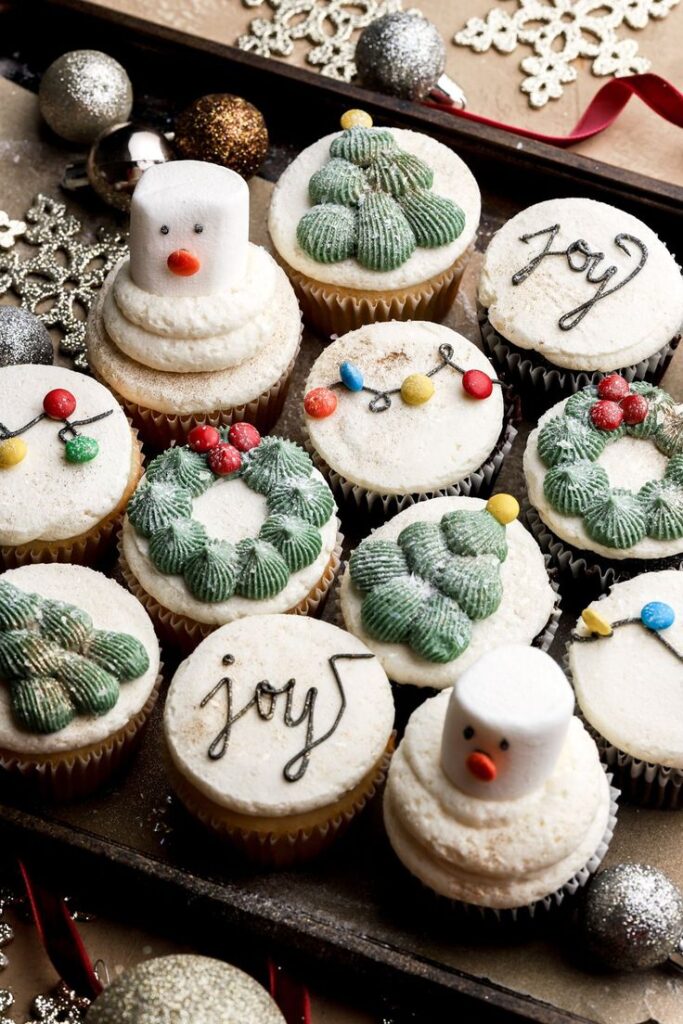
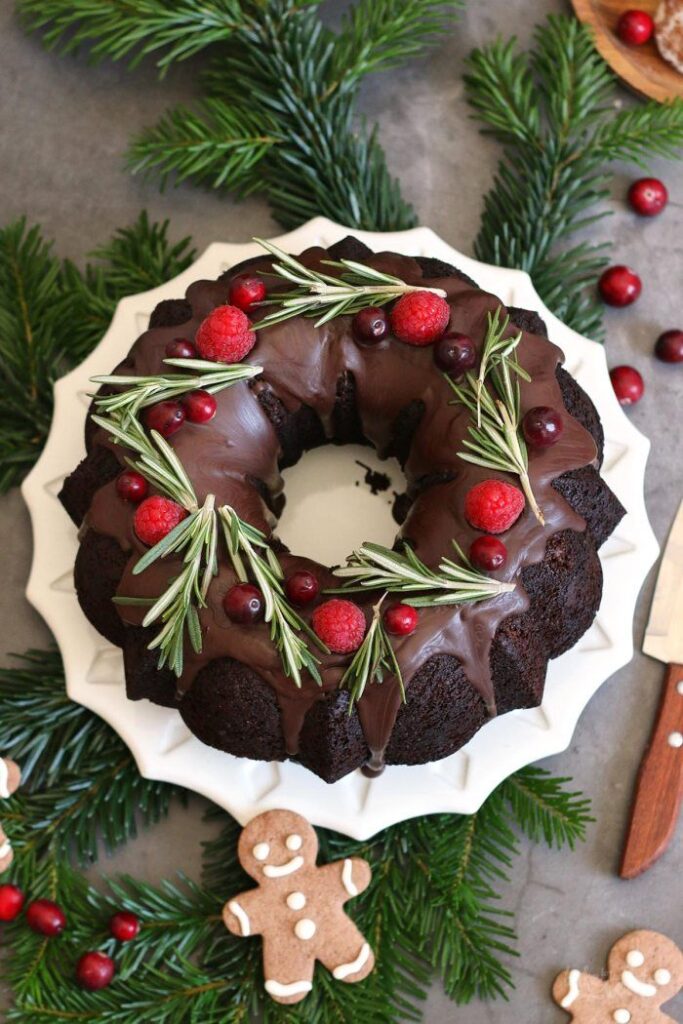
3) Spiced Apple Cider Donuts
Spiced apple cider donuts bring warmth and flavor to your winter baking. These treats are perfect for warming up on chilly days. The combination of fresh apple cider and warm spices creates a cozy atmosphere.
Start by reducing apple cider on the stove to concentrate the flavors. Mix this with flour, sugar, baking powder, and spices like cinnamon and nutmeg.
Once you’ve combined the dry ingredients, fold in the cider and egg mixture. The batter should be dense but moist.
Choose to bake or fry your donuts. Baking is a simpler option, while frying gives that classic donut texture.
Coat the finished donuts in a mixture of sugar and cinnamon for a sweet finish. Serve them warm, and enjoy the delightful aroma and taste.
These donuts pair well with a hot cup of coffee or tea. They make a wonderful treat for holiday gatherings or a cozy evening at home.
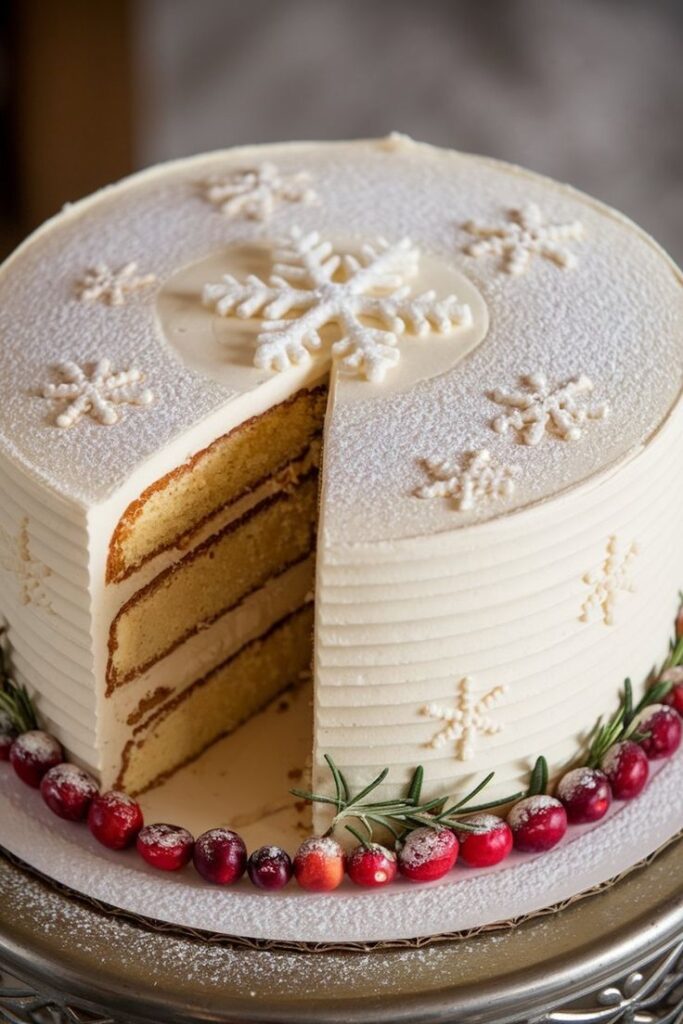
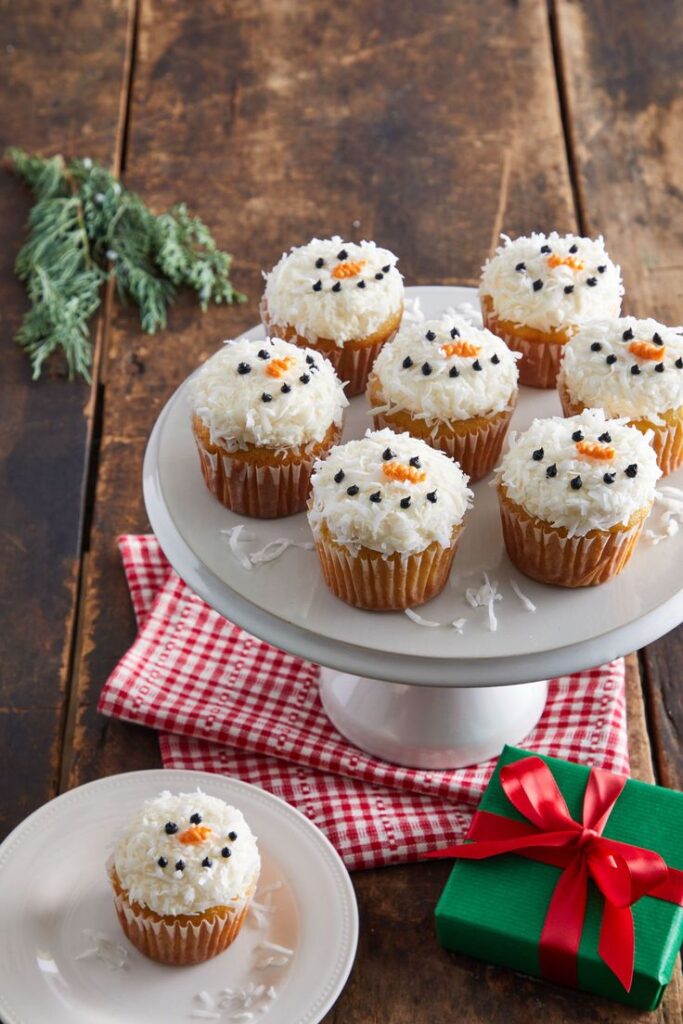
4) Peppermint Bark Brownies
Peppermint bark brownies combine rich chocolate flavor with the festive taste of peppermint. These brownies are both chewy and fudgy, providing a satisfying dessert.
Begin by preparing your favorite brownie base. You can use a mix or create your own from scratch. Bake according to the instructions and let them cool completely.
Next, melt white chocolate and stir in crushed peppermint candies. This creates the peppermint bark topping. Pour the mixture over the cooled brownies, spreading it evenly.
Chill the brownies for a bit to help the topping set. Once firm, cut them into squares and serve. The combination of chocolate and peppermint makes these brownies a holiday favorite.
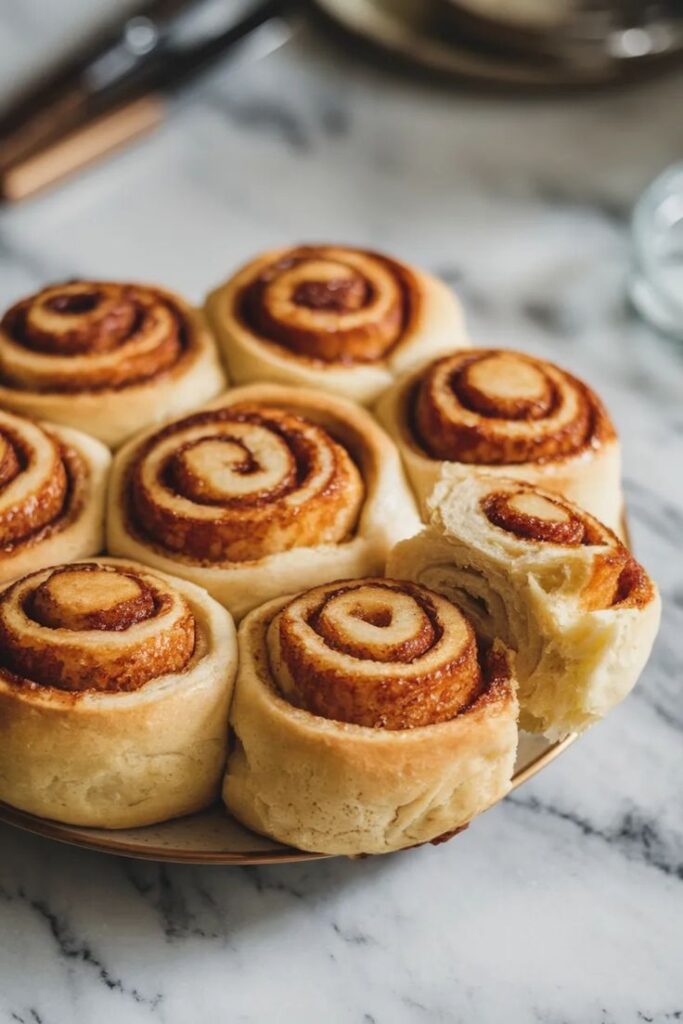
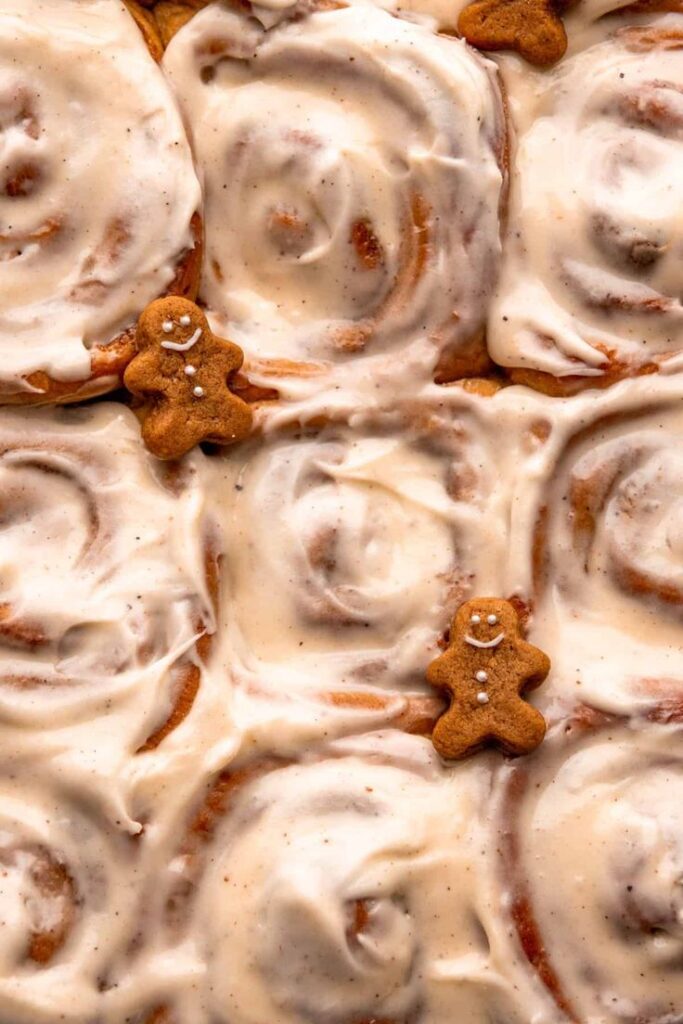
5) Cranberry Orange Scones
Cranberry orange scones offer a delightful combination of tart and sweet flavors. These scones are perfect for breakfast or as a snack with tea.
To make them, start by mixing flour, sugar, baking powder, and salt in a bowl. Incorporate cold butter until the mixture resembles coarse crumbs. Then, fold in fresh or dried cranberries and orange zest for a burst of flavor.
In a separate bowl, whisk together cream and an egg. Combine the wet and dry ingredients gently, being careful not to overmix. Form the dough into a circle, then cut it into wedges.
Bake the scones at 400°F (200°C) until they are golden brown. The aroma will fill your kitchen, creating a warm, inviting atmosphere.
Serve your scones warm, optionally drizzled with a simple glaze made from powdered sugar and orange juice. Enjoy these treats with friends or family during cold winter days.
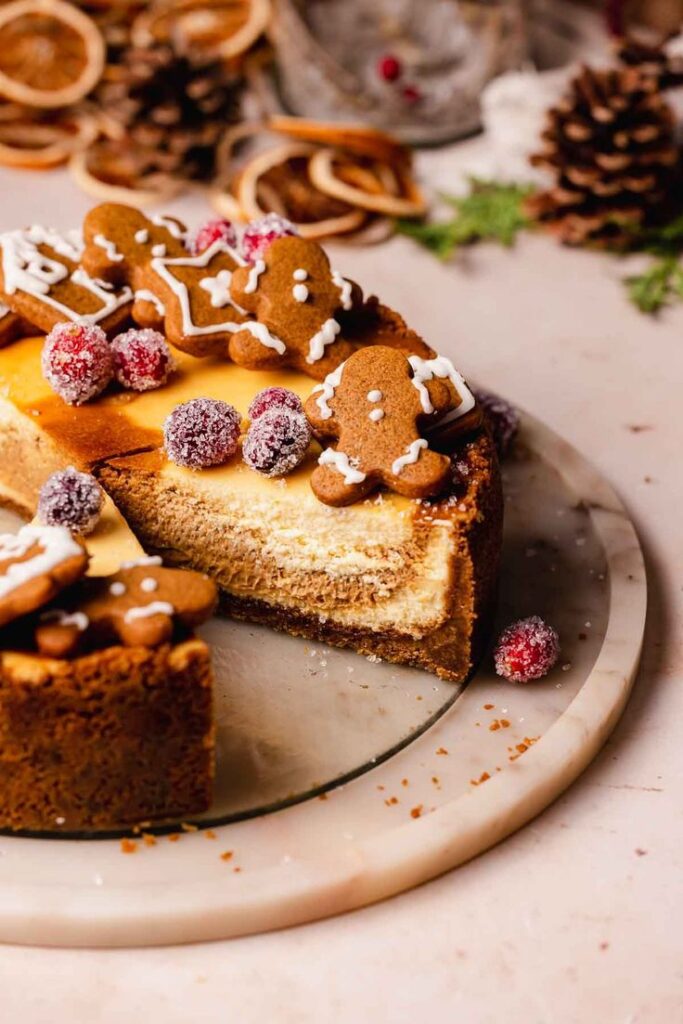
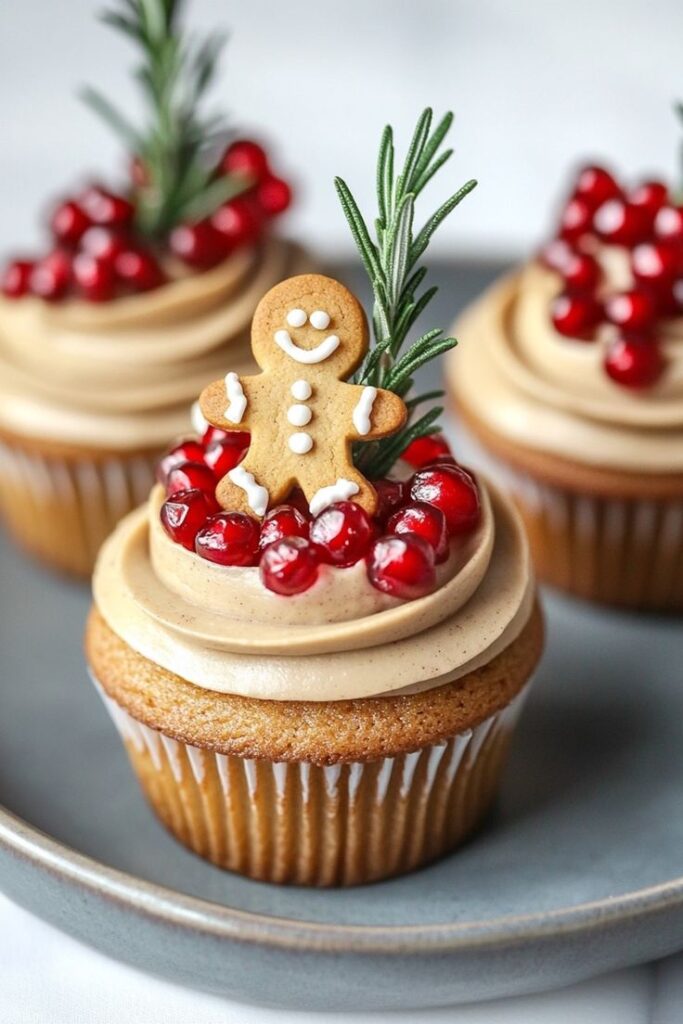
The Science Behind Baking in Winter
Baking in winter presents unique challenges due to lower temperatures and humidity levels. Understanding how these factors affect your ingredients and processes can lead to better results in your baked goods.
How Cold Weather Affects Dough Rising
Cold weather slows down yeast activity, which is crucial for dough rising. Yeast, a living organism, thrives at warmer temperatures, usually between 75°F and 85°F. In colder environments, you might notice that dough takes significantly longer to rise.
To overcome this, consider using warmer water when activating yeast. A typical method is to warm your mixing bowl slightly before adding your ingredients. Alternatively, you can let the dough rise in a slightly warmed oven or near a heat source.
Keep in mind that dough kneading can also be affected. If your kitchen is too cold, your dough might become tougher, leading to denser baked goods. Adjusting your technique according to the temperature can improve your outcomes.
Adjusting Baking Times for Winter
Baking times can vary with colder weather. Often, baked items will require slightly longer in the oven to ensure proper cooking. This extra time allows heat to penetrate more effectively through the colder center of the dough or batter.
It’s advisable to check the doneness of your baked goods a few minutes earlier than the recipe suggests. Consider using a thermometer to ensure bread registers at least 190°F for doneness.
Moisture levels can also affect baking. If the air is dry, monitor the consistency of your batter and add liquid if necessary. Adjusting your approach based on winter conditions will help you achieve optimal texture and flavor in your baked goods.
Essential Winter Baking Ingredients
Seasonal baking relies heavily on specific ingredients that enhance flavors and textures. Understanding the importance of spices and the use of seasonal fruits will elevate your winter recipes.
The Role of Spices in Winter Baking
Spices are essential for creating warmth in winter baked goods. Common spices such as cinnamon, nutmeg, and ginger add depth and complexity to flavors.
- Cinnamon: Often used in cookies and cakes, it provides a sweet, warm note.
- Nutmeg: A little goes a long way; it’s great in custards and pancakes.
- Ginger: Fresh or ground, it brings a zest that brightens up heavier desserts.
These spices can be mixed into batters or sprinkled on top for added flavor. Using fresh spices, when possible, enhances their effectiveness and aroma. The right blend of spices can make your winter baking more inviting and enjoyable.
Using Seasonal Fruits in Baking
In winter, certain fruits become available that complement many baked goods. Citrus fruits, apples, and pears are popular choices for the season.
- Citrus: Oranges and lemons work well in cakes, giving them a refreshing twist.
- Apples: Perfect for pies, crumbles, or as a filling for pastries.
- Pears: Their sweetness makes them ideal for tarts and muffins.
Using these fruits not only adds natural sweetness but also moisture to your baked items. Incorporate them into recipes for jams or sauces to enhance flavors further. Choosing seasonal ingredients ensures freshness and supports local farmers.
Tips for Perfect Winter Baking
Winter baking can be tricky due to the cold air and varying humidity levels. Focusing on moisture retention and ensuring even baking can greatly enhance your results.
Maintaining Moisture in Baked Goods
To keep your baked goods moist, consider using ingredients that add moisture. Options like buttermilk, yogurt, or sour cream not only incorporate moisture but also enhance flavor.
Tips for moisture retention:
- Add fruits: Incorporate fresh or pureed fruits such as applesauce or mashed bananas to add moisture and flavor.
- Use brown sugar: This reflects more moisture than white sugar, helping to keep your goods soft.
- Cover your baked goods: During cooling, cover with a clean kitchen towel to trap steam.
Experiment with these methods to find the right balance for your recipes.
Ensuring Even Baking in Cold Kitchens
Cold kitchen temperatures can affect baking performance significantly. To combat this, preheat your oven properly and allow your ingredients to reach room temperature.
Techniques to ensure even baking:
- Warm your mixing bowl: A warm bowl helps maintain the temperature of the batter.
- Use an oven thermometer: This ensures your oven maintains the correct temperature, avoiding over or underbaking.
- Rotate your pans: Halfway through baking, rotate your pans to promote even heat distribution.
These strategies will contribute to achieving a uniform bake every time.
- 0shares
- Facebook0
- Pinterest0
- Twitter0

